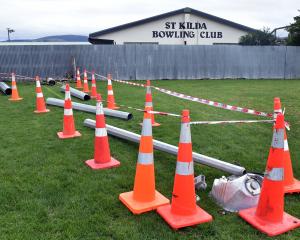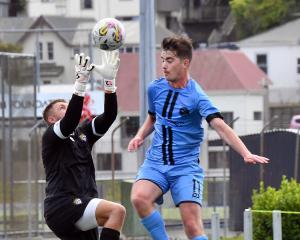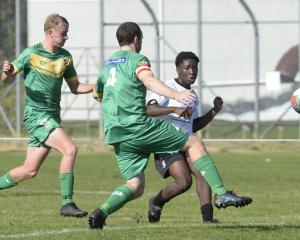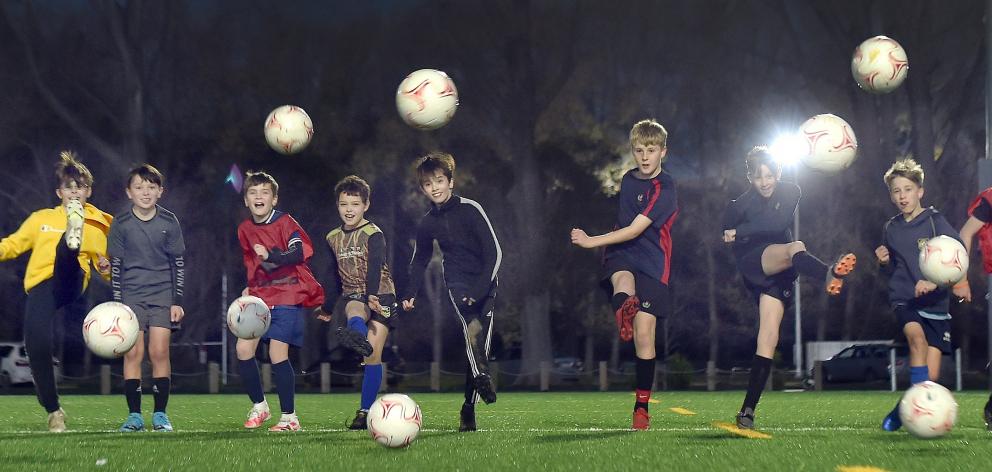
But a University of Otago researcher has raised questions about how safe heading a ball is for the developing brains of young New Zealanders, and is urging the country to introduce guidelines to limit the action at youth level.
A New Zealand Football spokesman said the organisation planned to review its policy next year.
However, it could be reviewed earlier if new major findings become available sooner.
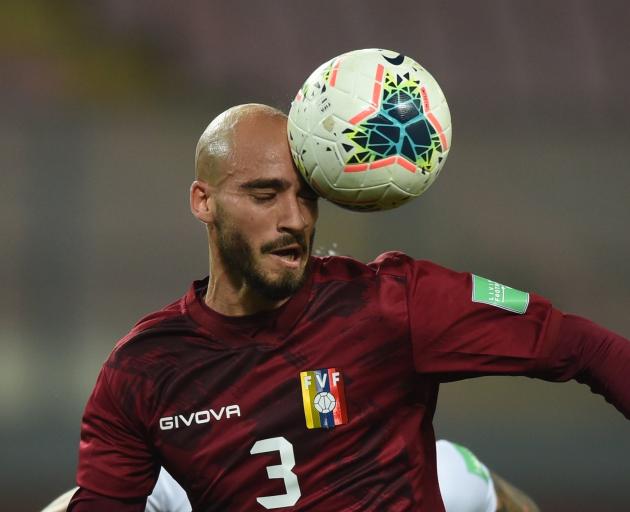
Ray Wilson (2018), Martin Peters (2019), Nobby Stiles and Jack Charlton (both 2020) all died with dementia, and Sir Bobby Charlton has also been diagnosed with the disease.
Otago Centre for Science Communication graduate and lead researcher Alex Gilbert said evidence of minor alterations to brain structure and function linked to heading exposure prompted the United Kingdom and United States to introduce heading regulations for junior players, and the rest of Europe was set to follow.
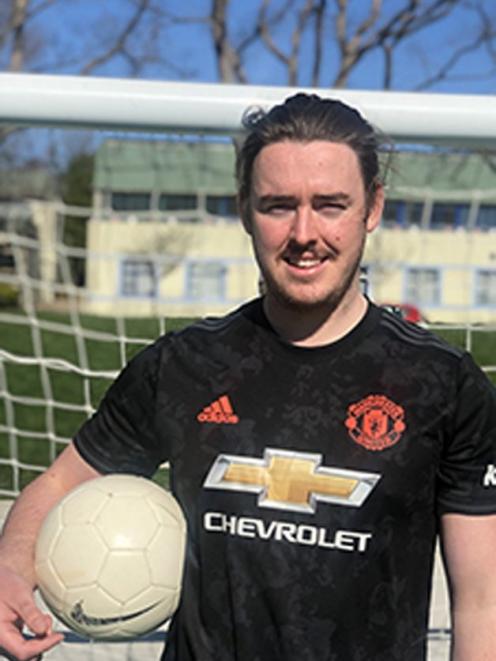
“Although heading a ball tends to result in relatively small impacts, it’s the sheer number of these impacts incurred over a long period of time, during training and game play, which may have a cumulative effect,” Gilbert said.
“Even though there is currently a lack of injury surveillance data for youth players, what we can say is that young athletes, particularly adolescents, tend to experience concussion symptoms for a longer period of time than adults.
“This observation falls in line with an enduring concern that the brain may be more vulnerable to injury while in a highly developmental stage, hence the importance of limiting heading for young players.”
He said the US guidelines banned all heading for players aged 10 and under, and heading during training for 11 to 13-year-olds was limited to a maximum of 20 per week.
The UK initially advised players aged 10 and under to abstain from heading, while those aged 11 to 19 have limited exposure in training.
In July this year, the guidelines were updated to include all levels of the amateur and professional game.
Gilbert said any attempt to introduce heading restrictions in New Zealand would be difficult and would require a considerable amount of community engagement.
“Adherence to any guidelines requires an understanding and appreciation of heading as a potential risk, especially for vulnerable populations.
“In that sense, it’s essential that players, coaches, parents and patrons of the sport understand the rationale for adopting any restrictions.”
However, he said it was also important such regulation was viewed as a short-term intervention which could be easily reversed if future research saw fit.
“Any attempt to limit heading must be followed by efforts to assess the effectiveness of those regulations.”





